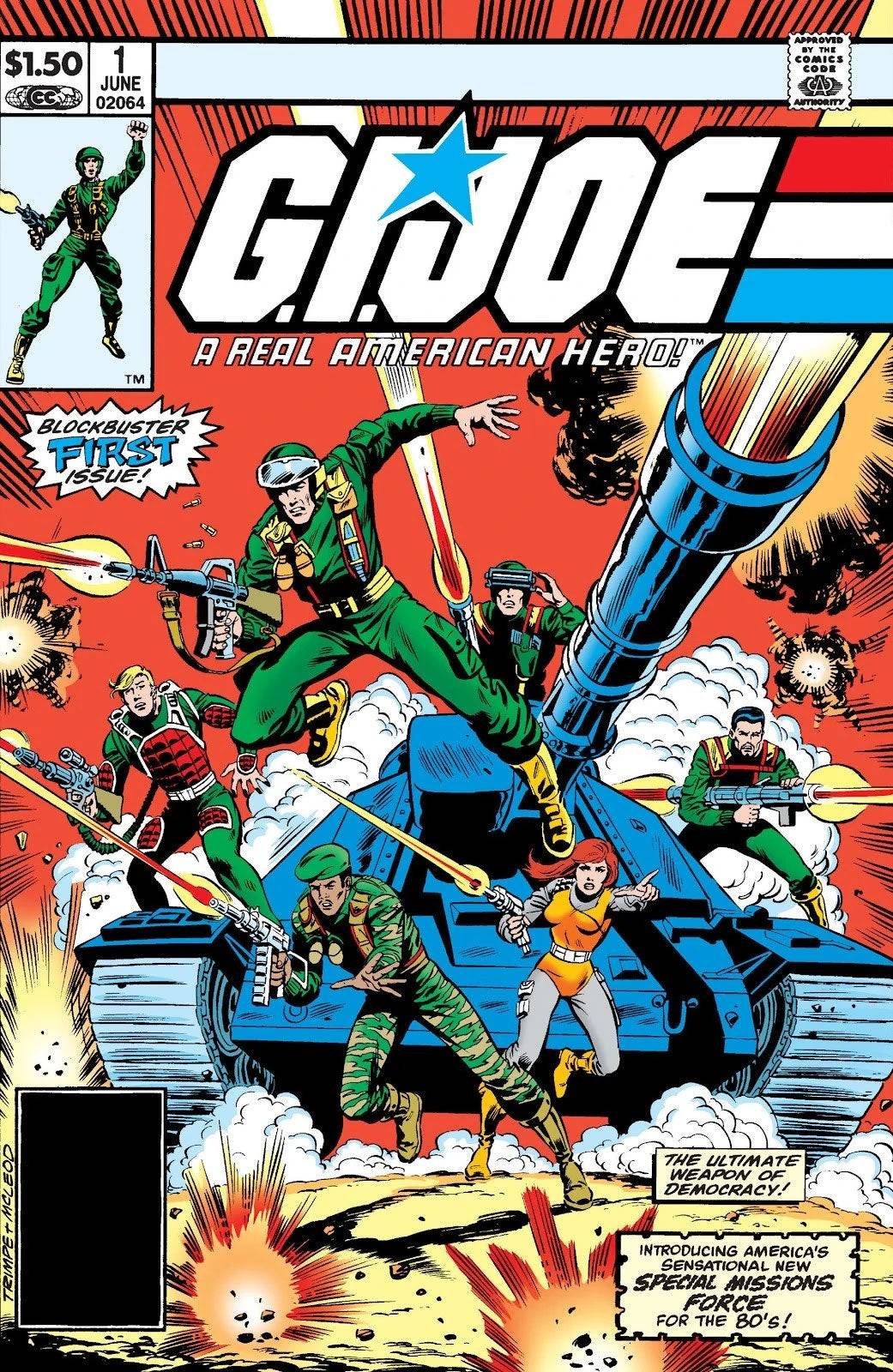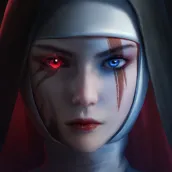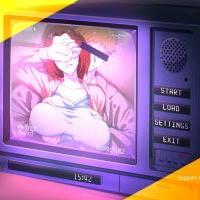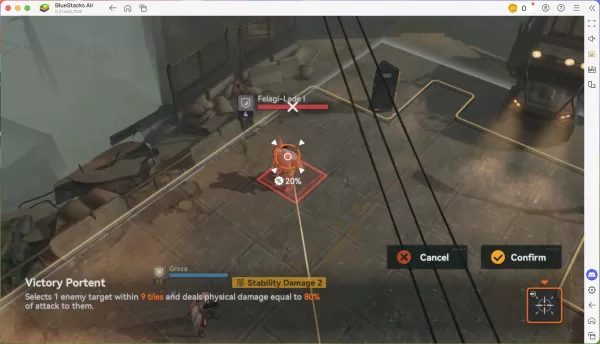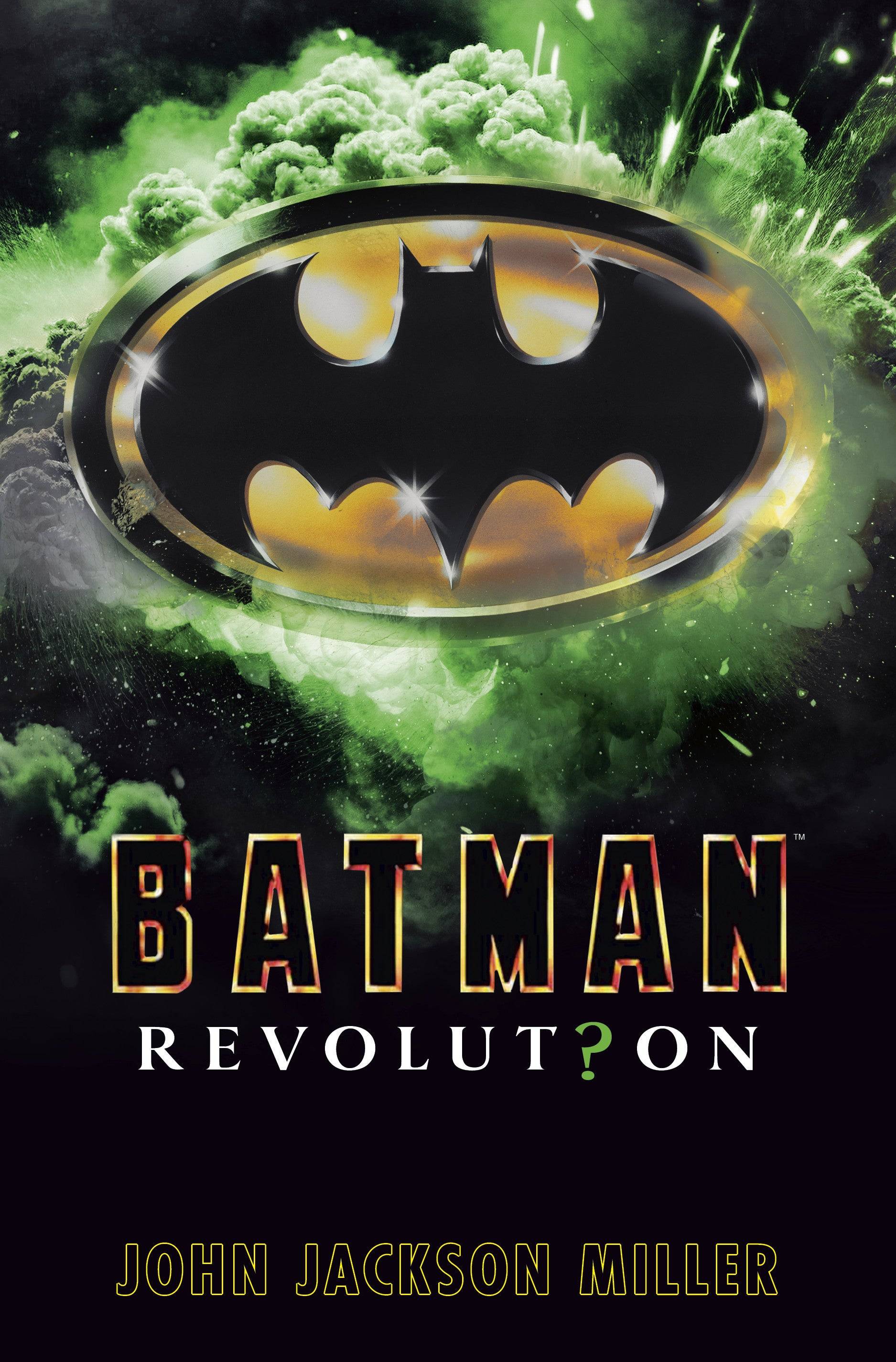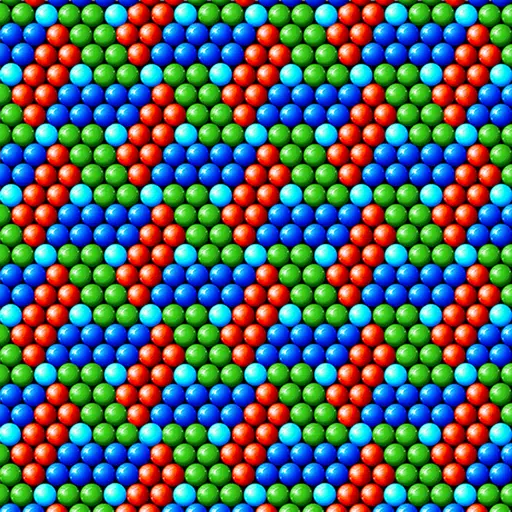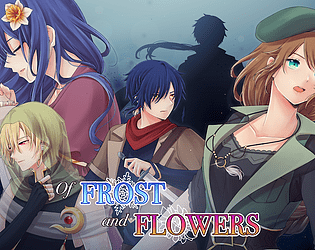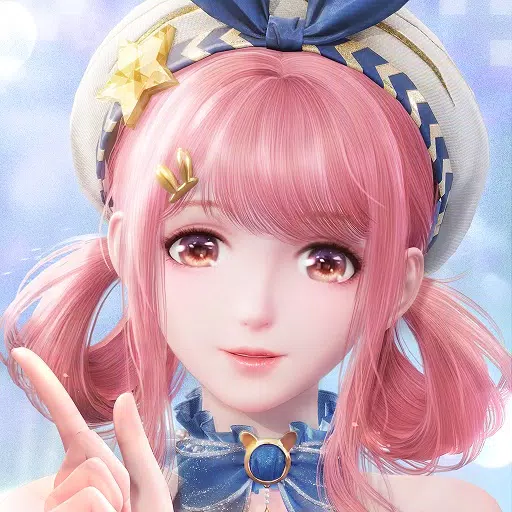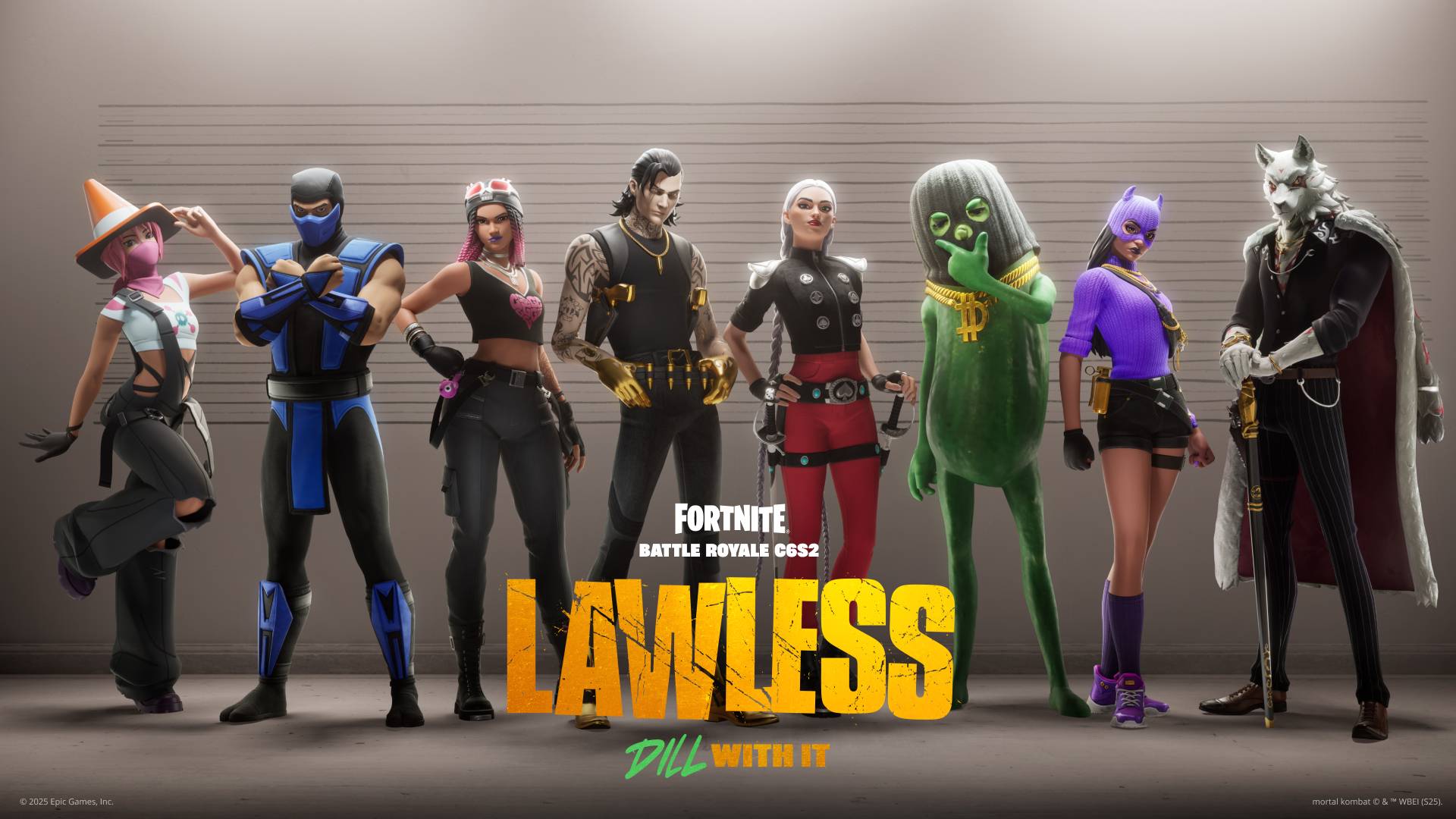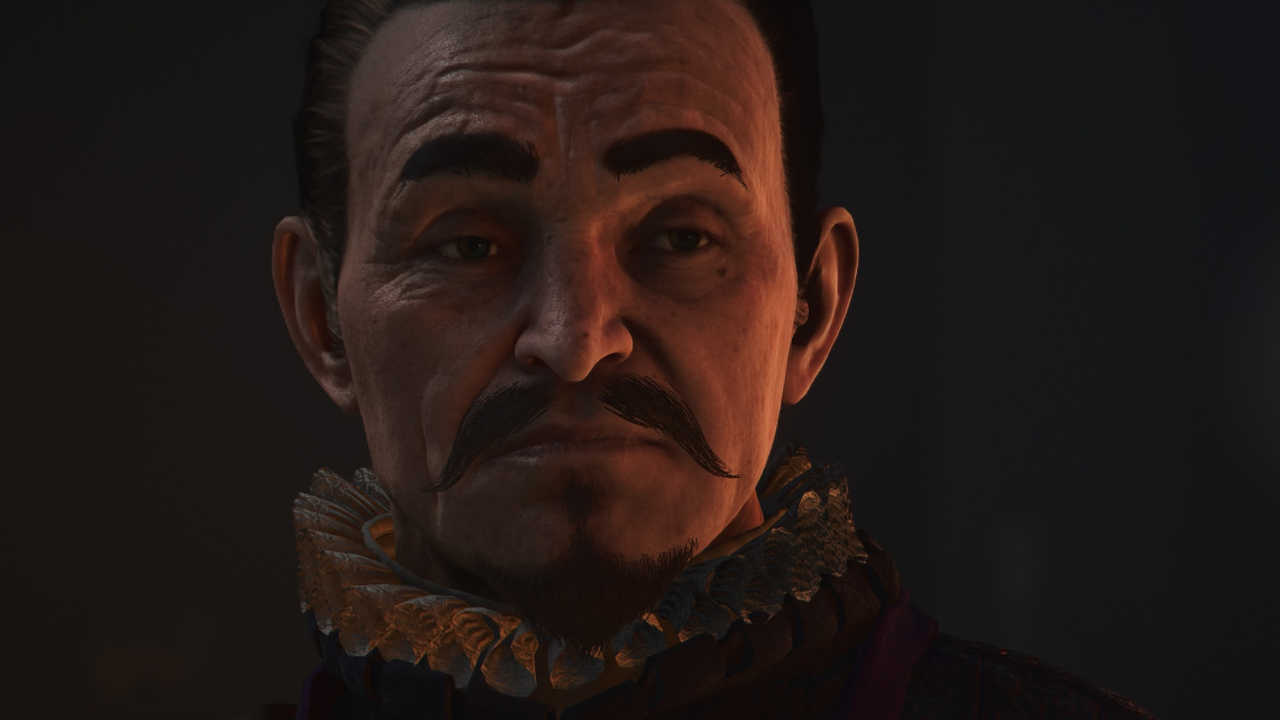Were the 1980s the Greatest Decade for Marvel?
The 1970s were a period of significant change for Marvel Comics. While the era saw the introduction of many iconic characters and storylines (e.g., "The Night Gwen Stacy Died," Doctor Strange's encounter with God), the 1980s witnessed some of Marvel's greatest creators crafting seminal works on their most popular titles. This era includes Frank Miller's Daredevil, John Byrne's Fantastic Four, David Michelinie's Iron Man, and the peak of Chris Claremont's X-Men, alongside Roger Stern's Amazing Spider-Man and Walt Simonson's Thor. These creators significantly shaped the enduring legacy of these characters.
Many consider the 1980s Marvel's true golden age. This article, Part 7 of a series exploring essential Marvel issues, delves into key moments.
Key Marvel Moments: A Continued Exploration
- 1961-1963: The Birth of a Universe
- 1964-1965: The Sentinels Emerge, and Captain America's Demise
- 1966-1969: Galactus's Impact on the Marvel Universe
- 1970-1973: The Night Gwen Stacy Died
- 1974-1976: The Punisher's War on Crime Begins
- 1977-1979: Star Wars Rescues Marvel from Financial Ruin
The Dark Phoenix Saga and Other Defining X-Men Tales
Chris Claremont's transformative X-Men run, beginning in 1975, reached its zenith in the early 1980s. The Dark Phoenix Saga (X-Men #129-137), arguably the most famous X-Men story, depicts Jean Grey's corruption by a cosmic entity, transforming her into the Dark Phoenix and a formidable foe. This cosmic saga, co-plotted and illustrated by John Byrne, introduced Kitty Pryde, Emma Frost, and Dazzler. Jean Grey's sacrifice, despite her eventual return, remains a poignant moment. While film adaptations have fallen short, animated series have better captured the saga's essence.
Following closely, Days of Future Past (X-Men #141-142) features adult Kitty Pryde traveling back in time to prevent an event that leads to a dystopian future ruled by Sentinels—mutant-hunting robots first introduced in 1965. This pivotal story has been revisited by numerous creators and adapted for film and television.
X-Men #150 reveals Magneto's Holocaust survival, a backstory that profoundly shaped his character development and moral ambiguity.
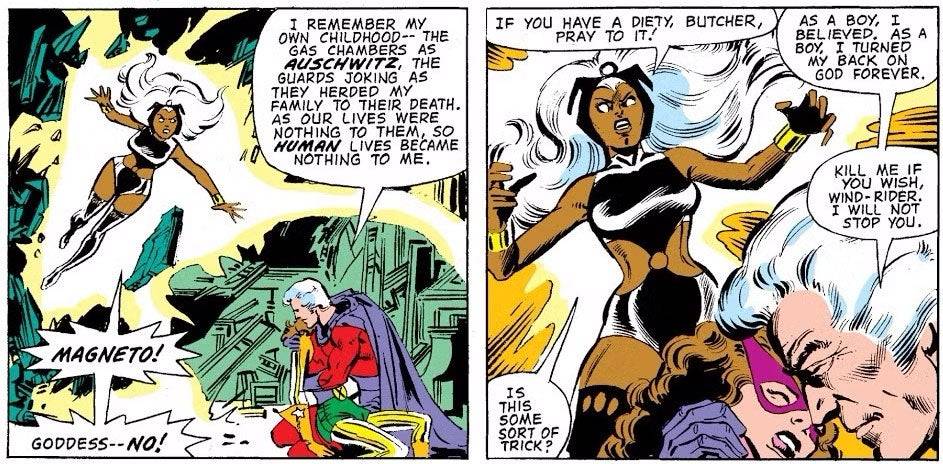
The Debuts of Rogue, She-Hulk, and the New Mutants
The 1980s also saw the introduction of significant female characters. Rogue, initially a villain, debuted in Avengers Annual #10 as a member of Mystique's Brotherhood, absorbing Carol Danvers' powers. This issue also highlighted Carol's confrontation with the Avengers for their inaction regarding her past trauma.
Savage She-Hulk #1 introduced Jennifer Walters, Bruce Banner's cousin, who gained similar powers after a blood transfusion. While her initial solo series was less successful, she later became a prominent Avenger and Fantastic Four member.
The New Mutants, a spin-off X-Men series, debuted in Marvel Graphic Novel #4 before launching their own title. This team of young mutants included Cannonball, Sunspot, Karma, Wolfsbane, and Dani Moonstar.
Landmark Storylines for Daredevil, Iron Man, and Captain America
Daredevil #168 marks the beginning of Frank Miller's defining run, introducing Elektra and a gritty reimagining of Daredevil's mythology. This era established Kingpin as a major nemesis and included the tragic death of Elektra.
Iron Man #149-150, "Doomquest," showcases Iron Man's first solo battle with Doctor Doom, transporting them to Arthurian times. This solidified Doom's place in Iron Man's rogues' gallery.
Captain America #253-254 features Cap's confrontation with Baron Blood, a Nazi vampire, in a darker tale than usual for the character.
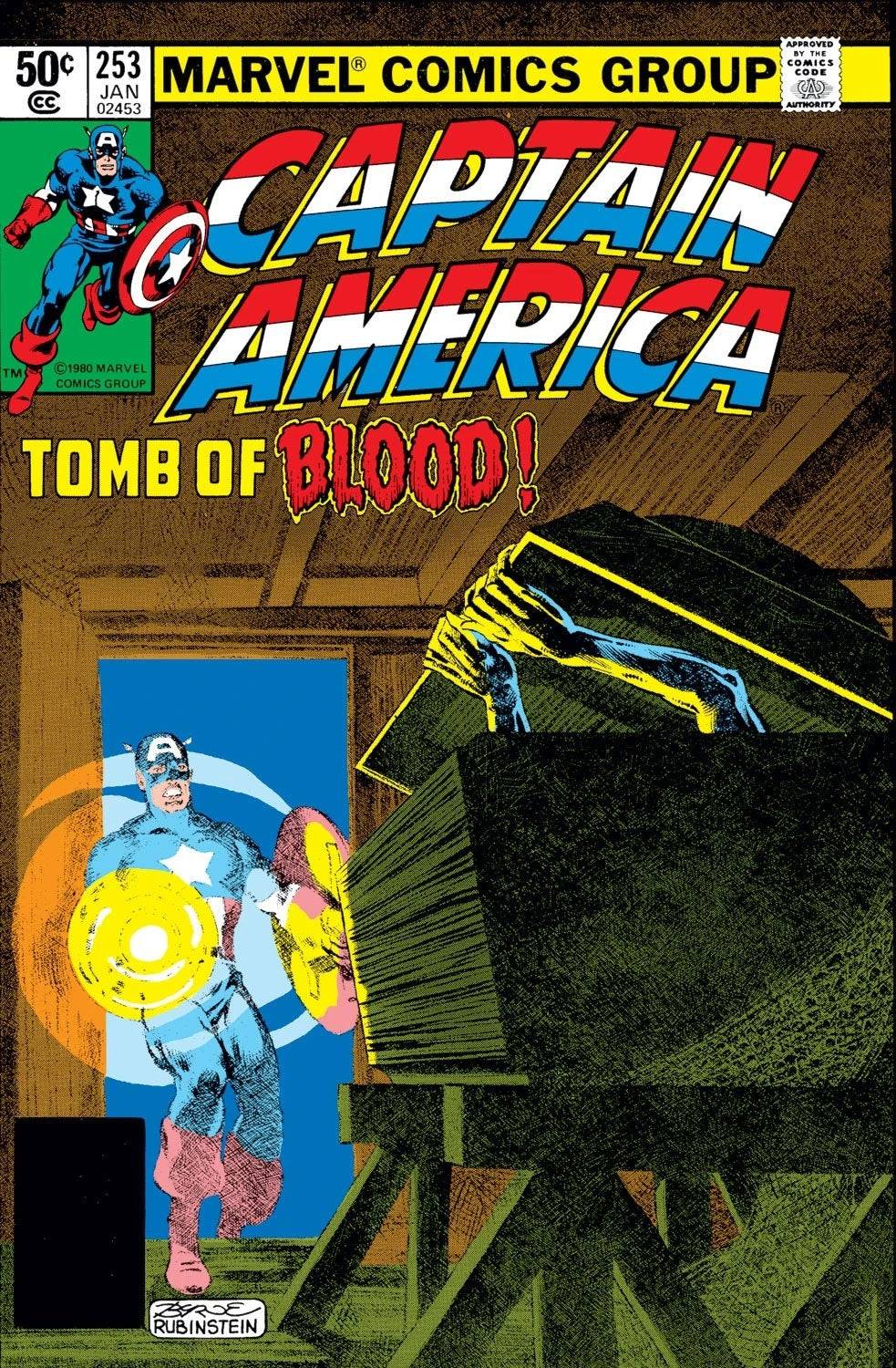
Moon Knight's Rise and the Genesis of G.I. Joe
Moon Knight #1 solidified the character's heroic identity, expanding his backstory and introducing his alternate personalities.
While not solely a Marvel creation, G.I. Joe #1 owes its existence largely to Marvel. Marvel editor Archie Goodwin conceived Cobra, and writer Larry Hama developed most of the character roster, creating iconic figures like Scarlett, Snake Eyes, and Storm Shadow. Hama's work made G.I. Joe a highly popular title, particularly among female readers due to the equitable portrayal of female characters.
